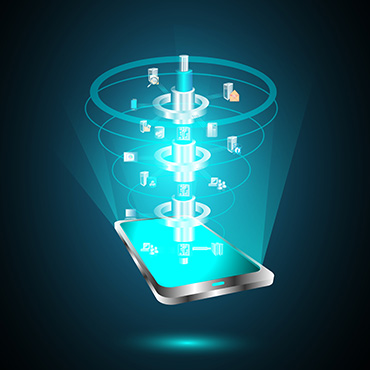Why agencies should adopt a "mobile first" strategy

A new report says agencies have room for improvement when it comes to offering mobile apps and making their websites mobile-friendly.

What: "Using Mobile Apps in Government," a report from the IBM Center for the Business of Government on the state of mobile apps and access in the federal government.
Why: Most Americans own cell phones and many also own tablets, so it should come as no surprise that more than one-third of the traffic on U.S. government websites comes from mobile devices and 40 percent of smartphone owners use those devices to look up government services or information.
The report's author, Sukumar Ganapati of Florida International University, said smartphones are narrowing the digital divide by giving more people access to the Internet. Furthermore, low-income groups are more likely to depend on smartphones for reaching the Internet, which means that developing mobile apps will make federal services more accessible for everyone.
However, agencies have their work cut out for them. Ganapati tested the websites of 15 federal agencies, and six did not pass Google's Mobile-Friendly Test: the departments of Defense, Homeland Security, Housing and Urban Development, Transportation, Treasury, and Veterans Affairs. He said the top barriers to implementing digital tools are budget constraints and concerns about security and privacy.
Mobile apps for use within agencies are in the beginning phases, but the report says the government should prioritize their development because the apps can streamline field activity, aid in managing car fleets and increase employee productivity. The Agriculture Department, NASA, State Department and General Services Administration have been among the early government leaders in that area.
Ganapati recommends that the government optimize online services for mobile devices, provide open data based on common standards and assess the feasibility of using standard data structures across and within agencies.
Verbatim: "With mobile phones reducing the digital divide, smartphones can potentially be used to serve different socioeconomic segments in society. Minority and low-income individuals depend on smartphones for their Internet access, which raises the prospects of smartphone use for e-benefits, healthcare, social security and other services. With their deeper penetration into the market, smartphones can be effective devices for real-time public engagement in order to inform government policy and decision-making processes."
Read the full report here.
NEXT STORY: Final FirstNet RFP hits the streets


